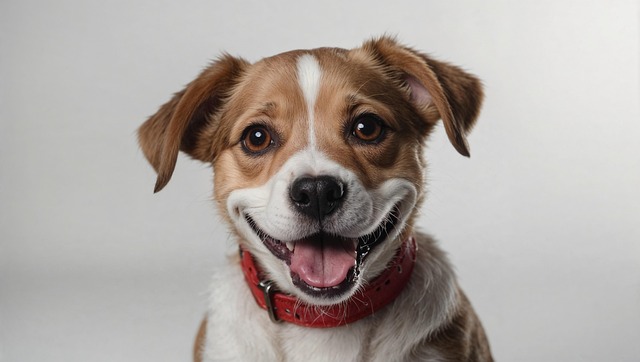
How can I tell if my dog's heatstroke is serious
Let’s be real: It’s a sticky August morning in Los Angeles, and you took your 2-year-old Golden Retriever, Max, for a walk a little later than usual
Dog’s face is a sensitive area—any scratch or cut there can turn into a bigger problem if they can’t stop pawing at it. You’ve probably noticed the cycle: they nudge the wound with a paw, wince, then do it again like they can’t help themselves. That constant friction breaks the skin, slows healing, and raises the risk of infection.
First, figure out why they’re itching. Sometimes it’s just the natural healing process, but other times, it could be allergies, dirt in the wound, or even a reaction to medication. A quick check with your vet can rule out issues like bacterial growth or foreign objects—like a tiny piece of grass stuck under the skin. They might recommend a gentle cleanser or an anti-itch spray to take the edge off.
An Elizabethan collar is a classic solution, but let’s be real—some dogs hate them. If your pup gets stressed or stops eating with the cone on, try a soft fabric collar instead. These are more flexible and let them move their head enough to eat and drink, which makes compliance easier. Just make sure it’s snug but not tight—you should be able to slip two fingers under it.
 At home, distract them from the urge to scratch. Puzzle toys stuffed with peanut butter or frozen broth can keep their mouth and mind busy. Short, frequent play sessions with a favorite ball or tug rope work too—tired dogs are less likely to fixate on their wound. If they’re a couch potato, try gentle brushing to release endorphins and calm their nerves.
At home, distract them from the urge to scratch. Puzzle toys stuffed with peanut butter or frozen broth can keep their mouth and mind busy. Short, frequent play sessions with a favorite ball or tug rope work too—tired dogs are less likely to fixate on their wound. If they’re a couch potato, try gentle brushing to release endorphins and calm their nerves.
Keep the wound clean to reduce irritation. Use a vet-approved saline solution to gently wipe away crust or debris twice a day. Avoid hydrogen peroxide—it stings and can damage healthy tissue. After cleaning, apply a thin layer of pet-safe ointment to soothe the skin. Some owners swear by coconut oil, but check with your vet first—certain products can make things worse if ingested.
Remember, leaving a wound untreated isn’t just bad for your dog—it could land you in hot water. Many places have laws requiring pet owners to provide adequate veterinary care, and a neglected wound that becomes infected might be considered a violation. Animal control officers often check on reports of injured pets, so staying on top of treatment protects both your pup and your legal standing.
As the wound heals, gradually reduce the collar time to test their self-control. Start with 5-minute increments while you supervise. If they go for the area, put the collar back on and try again later. Most dogs learn quickly that leaving it alone means more freedom to sniff and play.
With a little patience and the right tools, you can help your dog’s face wound heal without the hassle of constant scratching. And when it’s all better, you’ll both be relieved to toss that cone in the closet—until the next adventure, anyway.

Let’s be real: It’s a sticky August morning in Los Angeles, and you took your 2-year-old Golden Retriever, Max, for a walk a little later than usual

You're enjoying a summer afternoon at the park when you notice your dog has stopped panting and appears disoriented - their gums are bright red

Let’s paint the picture: You’re in your Denver apartment, watching your 4-year-old Boston Terrier, Ruby, plop down mid-play session with her favorite toy

Many dog owners notice their pets nails seem shorter after regular walks,but how much does this daily activity actually help?The answer depends on where you walk—concrete sidewalks or asphalt streets gently file nails as a dog's paws hit the ground

Most dog owners notice their pup scooting across the carpet at some point, but few connect it to impacted anal glands. These small sacs near a dog’s rectum secrete a scent for marking territory

Most vets agree that regular dog teeth cleaning is key to avoiding painful dental issues later. For healthy adult dogs, a professional cleaning at the vet’s office every 12 to 18 months usually works well.